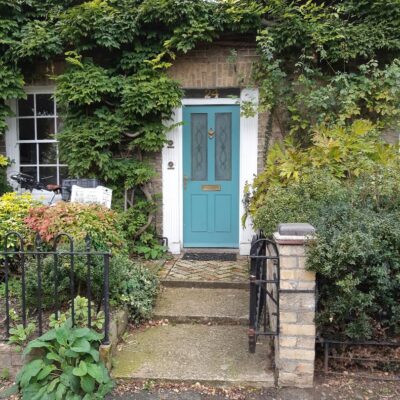Search by topic
- archaeology
- Building of Local Interest
- charity
- church
- crime
- dressmaker
- fire
- Great Eastern Railway
- Listed building
- Mapping Relief
- medieval
- oral history
- poverty
- Public House
- Rattee & Kett
- Religious House
- Roman
- scholar
- school
- Then and Now
- tudor
- women
- work
- world war one
- world war two
Search by text
Ferry Path
History of Ferry Path
Ferry Path was the first street to be built in new Chesterton when Cambridge began to expand eastward following the enclosure of the Parish of Chesterton in 1840. Until the building of the Victoria Bridge in 1890 the fort ferry path was the main pedestrian route into Cambridge from new Chesterton.
Building began in 1844 on land known as East Farthing Meadows. The land became known as ‘Mr Meadows fields’ and his name appeared on all deeds of sale of land for building on the Ferry Path from 1844 onwards. In 1844 building plots were sold to Thomas Adams, Walter Rose, William Essex, John Bennett and Robert Green.
In 1859 a blacksmith from Hilgay in Norfolk, Thomas Anderson. built three houses, 13, 14, and 15, known as ‘The Cottages’. they have no entrance hall.
(See CWN 1982)
Contribute
Do you have any information about the people or places in this article? If so, then please let us know using the Contact page or by emailing capturingcambridge@
License
This work is licensed under CC BY-NC-SA 4.0






